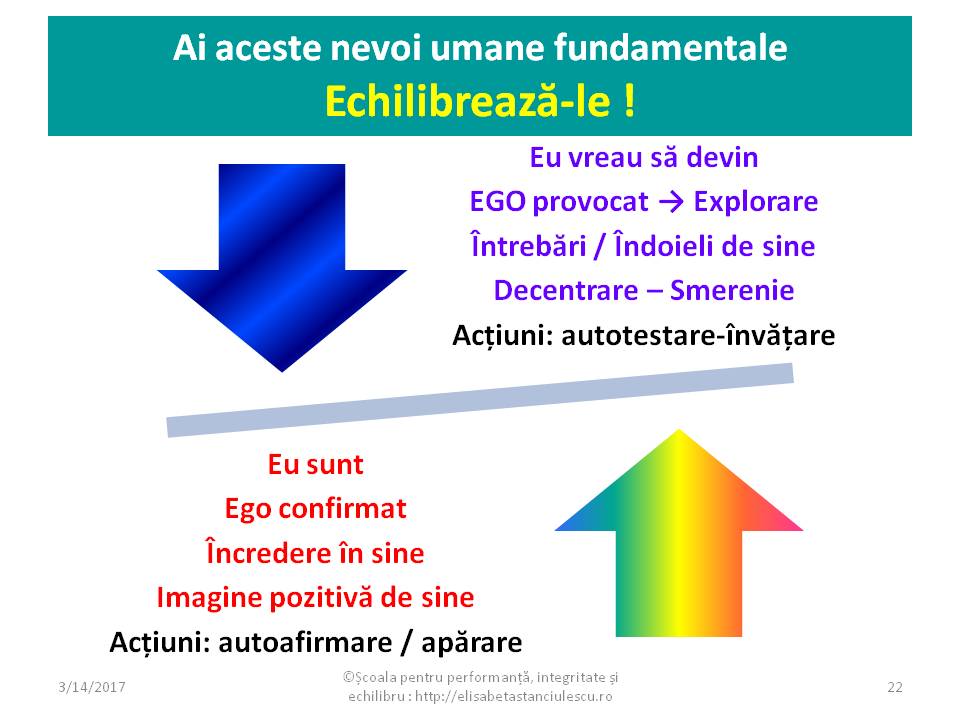Riscuri ale interpretárii grábite a rezultatelor neuroétiinéÈelor
01.12.2012
Citesc un articol, Fleeing the Brainãs Fear Center , care ûÛmi confirmá supoziéÈia cá multe dintre concluziile formulate pûÂná acum pornind de la observarea activitáéÈii cerebrale sunt greéite, iar unele chiar periculoase, atunci cûÂnd fundamenteazá decizii cu privire la organizarea unor activitáéÈi (educaéÈia, de exemplu), ori judecarea unor oameni („detectorul de minciuni”, de exemplu).
Pe scurt, articolul respectiv atenéÈioneazá cá simpla observaéÈie cá o anumitá zoná a creierului „ia foc” ûÛn timpul unei acéÈiuni nu spune nimic cert despre natura emoéÈiilor tráite de individul respectiv.
Nu existá, aéa cum se credea, zone „specializate” ale fricii, tristeéÈii, fericirii etc. , identificabile la toéÈi indivizii; existá, dimpotrivá, variaéÈii importante de la un individ la altul.
De exemplu, amigdala, consideratá centrul fricii, intrá ûÛn funcéÈiune nu doar la stimuli care provoacá fricá, ci la orice stimul pe care individul ûÛl considerá important pentru scopurile sale. Elemente neobiénuite, ambigue, provocatoare din mediu éi chiar stimuli pozitivi pot declanéa o activitate ûÛn zona respectivá a creierului, ûÛn funcéÈie de persoaná éi de situaéÈie. ûn interpretarea mea, aceste noi descoperiri (éi altele care vor urma) aratá de asemenea cá emoéÈiile nu sunt tráite niciodatá ûÛn formá „brutá”, simplá, omogená, ci se combiná, se ûÛmpletesc.
CûÂnd spunem, de pildá, cá ûÛnváéÈarea este inhibatá de fricá, pentru cá am pus ûÛn evidenéÈá o activitate accentuatá ûÛn zona respectivá din creier, nu facem decûÂt sá tragem concluzii pripite: inhibiéÈia poate fi legatá de alte emoéÈii, nu neapárat de fricá.
Iatá cûÂteva pasaje semnificative:
„A more accurate view, say William Cunningham of Ohio State and Tobias Brosch of NYU, is that the amygdala appraises the world much more broadly, looking not just for threats but for anything that might be important to furthering oneãs goals and motivations. Fearsome stimuli might indeed be relevantãalmost certainly areãbut so too might unusual, interesting, ambiguous and even positive stimuli, depending on the person and the situation. In short, uncertainty is more arousing than whatãs familiar.”
„Cunningham and Brosch conducted a thorough review of the vast literature on amygdala function, and their analysis also reveals a lot of individual variation in amygdala activity. Some subjects respond more to positive and negative stimuli than to neutral stimuli; others mostly to negative stimuli; and still others to positive information. In other words, amygdala activation may not have the same meaning for everyone; it may instead reflect the psychological state of the individual. The amygdala appears initially to evaluate the relevance of stimuli, and then to tune the individualãs overall cognitive and emotional response.”
„All of these recent findings, taken together, call into question the whole idea of brain modules that govern specific, universal emotions like fear, sadness, disgust and surprise. The new and more dynamic view of the amygdalaãand the brainãraises doubts about such an emotional taxonomy. In short, it may be more productive going forward to study how emotions are constructed from basic cognitive processes like motivation and appraisal of the complex world.”

Ma intereseaza opinia ta, scrie un comentariu
You must be logged in to post a comment.